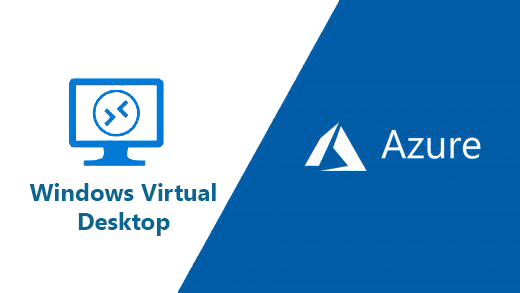
Azure Virtual Desktop (formerly known as Windows Virtual Desktop) is a cloud-based desktop and application virtualization service offered by Microsoft Azure. It allows users to access Windows desktops and applications from anywhere, using any device, while the computing resources are hosted in the Azure cloud. Here's how Azure Virtual Desktop can be helpful for our customers:
Remote Work Enablement
Azure Virtual Desktop enables remote and hybrid work scenarios by providing secure access to corporate desktops and applications from any location with an internet connection. This flexibility allows employees to work from home, on the go, or from branch offices without sacrificing productivity or security.
Device Agnosticism
With Azure Virtual Desktop, users can access their virtual desktops and applications from a wide range of devices, including Windows PCs, Macs, tablets, and smartphones. This device agnosticism increases user flexibility and allows organizations to support a diverse set of devices within their workforce.
Scalability and Flexibility
Azure Virtual Desktop provides scalable and flexible infrastructure that can be easily adjusted to meet changing business needs. Organizations can quickly scale up or down the number of virtual desktops and applications based on demand, without the need for significant upfront investments in hardware or infrastructure.
Enhanced Security
Azure Virtual Desktop offers advanced security features to protect corporate data and resources. These include network isolation, multi-factor authentication (MFA), role-based access control (RBAC), data encryption, and integration with Azure Security Center for threat detection and remediation.
Centralized Management
Azure Virtual Desktop simplifies desktop and application management by centralizing administration tasks in the Azure portal. IT administrators can easily provision, manage, and update virtual desktops and applications from a single console, reducing operational overhead and complexity.
Cost Efficiency
Azure Virtual Desktop can help organizations reduce costs associated with desktop management and support. By migrating to a cloud-based virtual desktop infrastructure (VDI) model, organizations can eliminate the need for on-premises hardware, reduce energy consumption, and pay only for the resources they consume on Azure.
Microsoft 365 Integration
Azure Virtual Desktop is tightly integrated with Microsoft 365, Microsoft's cloud PC service. This integration enables organizations to choose between session-based desktops (Azure Virtual Desktop) and personalized virtual desktops (Microsoft 365) based on their specific requirements and use cases.
Overall, Azure Virtual Desktop provides a comprehensive solution for desktop and application virtualization, enabling organizations to empower their workforce, improve productivity, enhance security, and reduce costs in today's dynamic and distributed work environments.